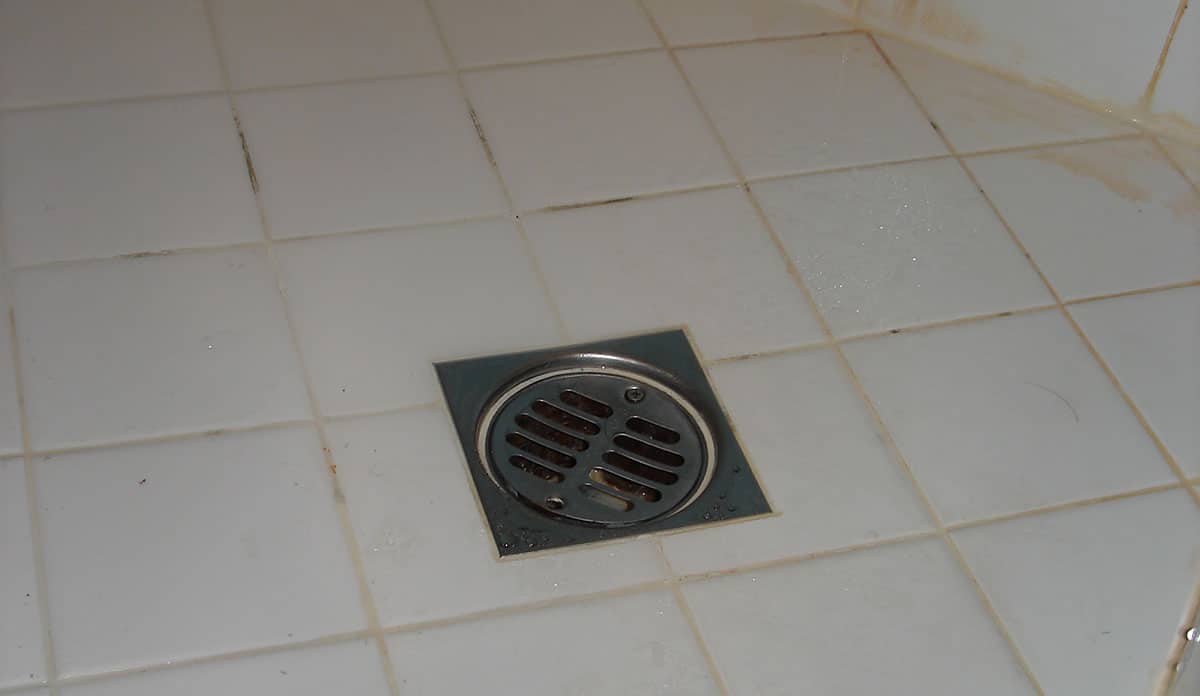How Your Basement Floor Drain Works
- A sewer system: When the drain connects to the sewer, backflow can become a serious issue.
- A sewer pit with an ejector pump: This is used when your basement is at a lower level than your sewer line.
- A sump pit: Sump pits are usually there when you install sump pumps, something we will explain further in the sections below.
What Can Cause Standing Water?
Natural Soil Saturation
Clogging and Jammed-Up Plumbing
Backed-up sewers are a common problem, especially if it floods outside frequently. Accruing sediments and even invasive plant growth can clog and cause problems for the plumbing system.
Floor Cracks
How Can You Prevent It?
Interior and Exterior Basement Waterproofing
Weeping Tile Installation
Weeping tiles are manufactured from corrugated plastic that contains small weep holes that will allow water in it. It turns it into a sponge-like pipe that drains away any building moisture and puddles that don’t automatically flow down the drain.
Window Well Covers
Sump Pump
Rather than waiting for the accruing water to soak your feet when you walk in, putting Sump Pumps in place can attack the problem right away. They will act as an additional safeguard for when your primary pump malfunctions or is working too slowly.
Basement Crack Repair
As we’ve mentioned previously, basement wall & floor cracks are not something you can foresee and can pop up anywhere at any time.




